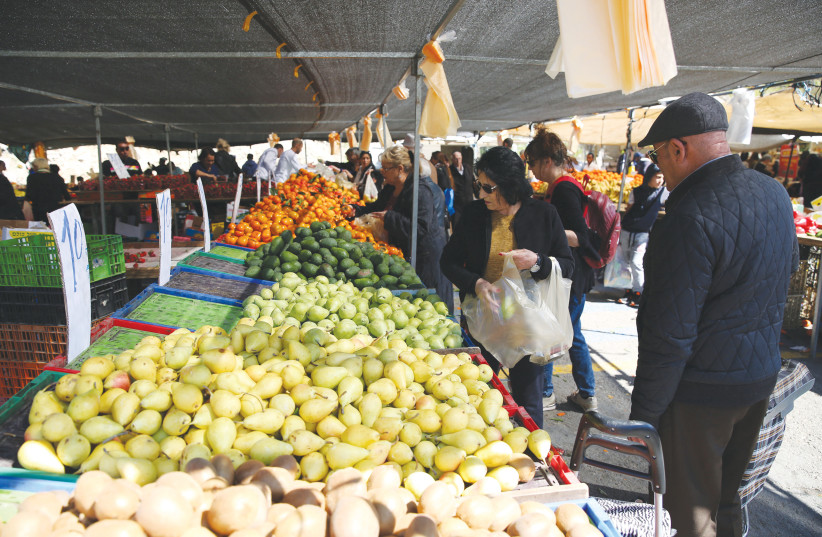The weather is cooling down and, consequently, people are beginning to catch colds which lead to stuffy noses and watery eyes. There is not a lot that can be done to entirely prevent or eliminate the winter cold or flu, but there is one thing that can help: Vitamin C.
Vitamin C is an essential compound for the human body, as well as an effective antioxidant in the bloodstream. High concentrations of vitamin C can be found in fruits and vegetables as well as processed foods with added vitamins and nutritional supplements.
Even though vitamin C cannot entirely prevent cold and flu symptoms, a growing number of recent studies show that increasing vitamin C intake at the first sign of flu symptoms can shorten the total duration of illness by half a day and reduce the severity of symptoms.
Aside from alleviating cold and flu symptoms vitamin C also plays an important role in the production of collagen, which is necessary for the construction of connective tissues, wound healing and maintaining the appearance of smooth and healthy skin.
Here is a list of several superfoods that are rich in vitamin C and other critical nutrients:

Red Pepper
Red pepper is an often-overlooked source of vitamin C; just half of one pepper provides 100% of the daily recommended intake of the vitamin. What is more, red pepper contains several important antioxidants like lutein and zeaxanthin, which are important in maintaining ocular health.
Tomatoes
Tomatoes can also provide large amounts of vitamin C, as long as they are consumed raw. They are also an excellent source of vitamin A which helps strengthen the immune system, as well as vitamin K which contributes to bone health.
It's no secret that citrus fruits are full of vitamin C (one orange has about 50 milligrams and a grapefruit about 40 milligrams), which functions as a very important antioxidant, which encourages the creation of white blood cells and has antiviral and disinfectant properties.
Kiwi
Eating kiwi is one of the simplest ways to meet the recommended daily intake of vitamin C. One kiwi fruit contains 100 grams of vitamin C, which is 150% of the recommended daily intake.
Strawberries
The strawberry is among the leading fruits in terms of the amount of vitamin C; one cup has thedaily recommended amount. This is in addition to the fact that strawberries contain a large amount of one of nature's most important antioxidants - anthocyanins. Strawberries are also an excellent source of folic acid, and they also contain other vitamins such as vitamin K and vitamins from the B vitamin family.